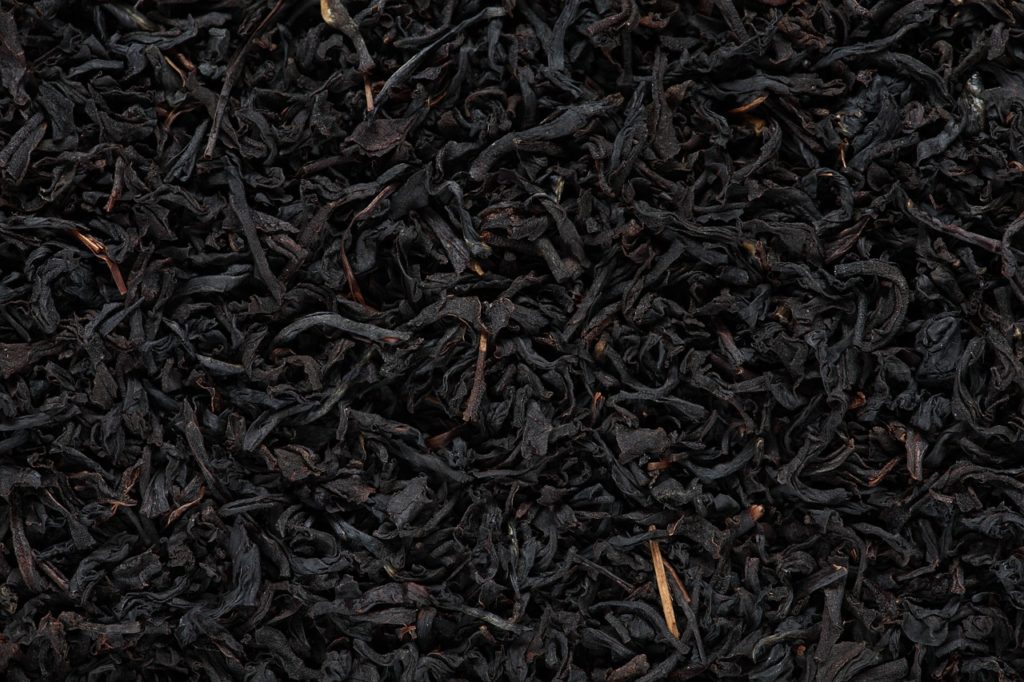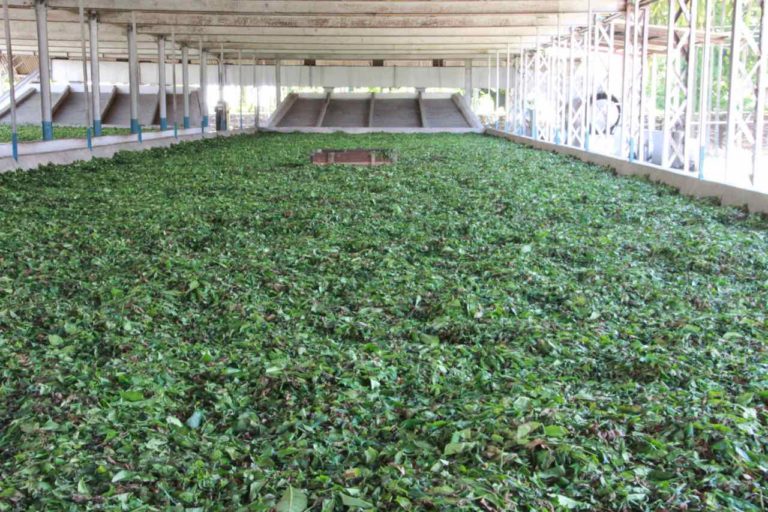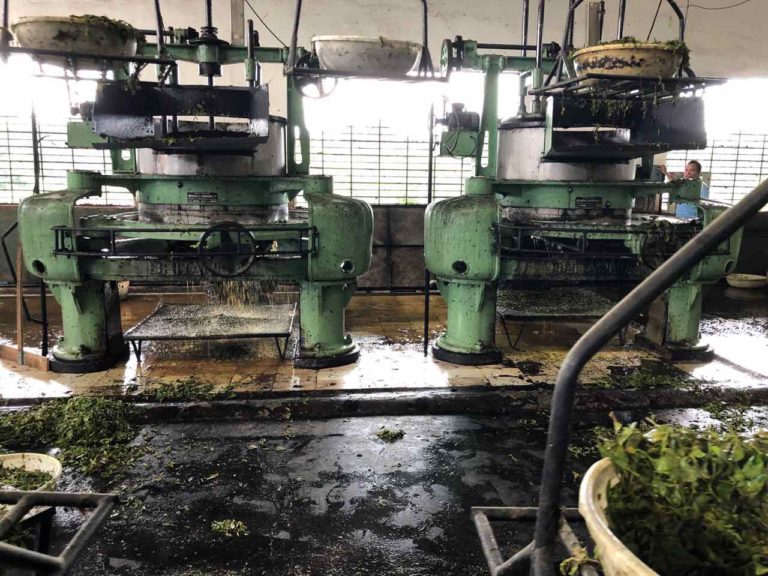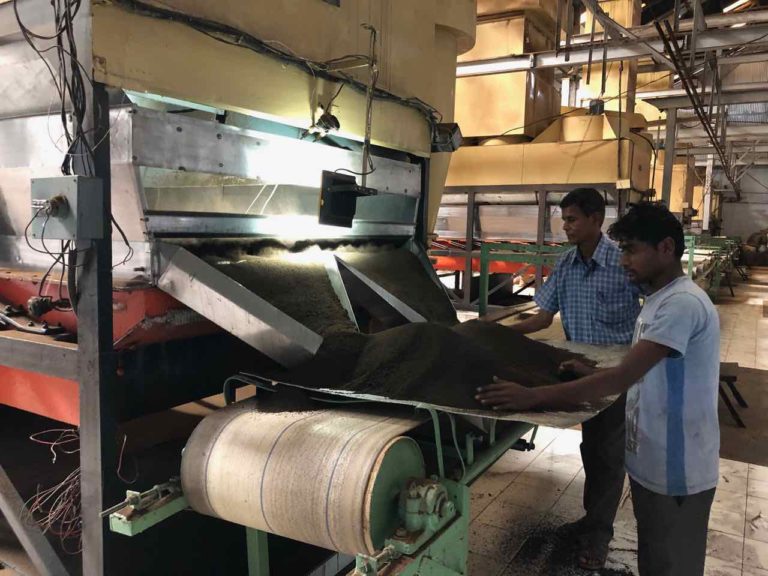
Some of the most wonderful loose leaf teas produced around the world are know as orthodox tea. Orthodox is a term used to classify tea and refers to the method that is used in tea making. Orthodox loose leaf tea is produced using the traditional method of plucking, withering, rolling, oxidation, fermentation, and drying. All tea that is labeled “handmade tea”, “hand processed tea”, or “rolled tea” is produced using the orthodox method. The orthodox menthod process is focused on preserving the essence of the tea leaf, keeping the leaf intact as much as possible, which can be a painstaking process and is usually done by hand. However, in modern day production there are now machines that can mimic the hand-rolling process of production.
Orthodox teas are usually enjoyed brewed black and served plain or with just a hint of lemon or a tiny bit of sweetener due to their complexity of flavor and delicate nature. They are also thought to make better cold-brewed or iced teas because of their brisk and bright taste.
So how do you make orthodox tea in this modern era? It all starts with the perfect pluck, the bud and the top two leaves, picked directly from the tea bush by hand. Plucking is still done by hand because machines are not able to identify the perfect combination of bud and leaf which determines the quality of the end product. After the leaves are plucked they are then taken to the tea factory to begin the withering process.
Withering refers to the process of drying out the leaves to cause them to wither and wilt. Leaves are laid out over a long table where they will sit for several hours depending on weather conditions and will be rotated and fluffed by hand throughout the process to wither the leaves evenly. This part of the process is time consuming and requires monitoring to ensure all leaves get an equal amount of exposure to the air. Withering is considered to be completed once the moisture is between 64% to 68%.


Next up is the process of rolling the leaves. Rolling is where all the variances in flavor and color happen – this process is the stepping stone to oxidation and is where the essential oils and enzymes of the leaves are first exposed to oxygen. Tolling is when the leaves are twisted, rolled, or pressed causing all the juices from the leaf to be wrung out. Traditionally this part of the process is done by hand; however, thanks to modern day inventions that process can now be mimicked by machinery. There are some who believe the best of the orthodox teas are ones that are completely produced by hand and I think you can liken this argument to the one being waged between those who think orthodox tea is superior to CTC – everyone has a very passionate opinion when it comes to tea!
After rolling, the tea leaves are left alone to allow for the oxidation process to take shape. Oxidation refers to the change in chemical composition that happens when the enzymes inside the leaf mingles with the oxygen in the air; the leaves usually spend about 2 to 4 hours, depending on the weather conditions, in the process of oxidation. During oxidation, the leaves change from a vibrant green into a deep reddish-brown color. Depending on the style of tea being produced, the processes of rolling and further oxidation may occur more than once. This step of the process is where the flavor of the tea is truly created and where the tea makers spend the most time making sure the leaves are allowed to fully oxidize.
Once the leaves have been sufficiently oxidized, they are then put through the firing process. This is the final step of orthodox tea production. The leaves are heated up so that they quickly dry and are only left with 3% of their original moisture content. This final process is what stops oxidation and also allows for the tea to keep well when stored.
Rolled teas (whether by hand or machine) have a longer shelf life than CTC tea because the process of rolling the leaves helps them to maintain their essential oils which in turn allows for flavor of the tea to not wain quite as quickly as tea produced using CTC method.

While CTC teas are at their peak of freshness up to 4 to 6 months, most orthodox teas, if properly stored, can maintain their freshness well past the 6 months mark. Since orthodox teas keep most of their essential oils, freshly produced tea is considered to have greater health and wellness benefits than its CTC counterparts.
Otrthodox teas can be found in an incredible variety of shapes and sizes, from long needles to tightly rolled balls the size of gun powder; and it is this variety that drives the sales around the globe. For instance, in certain countries the shape and color of the dried loose leaf orthodox tea is even more important than the actual flavor of the cup of tea it produces when brewed!
